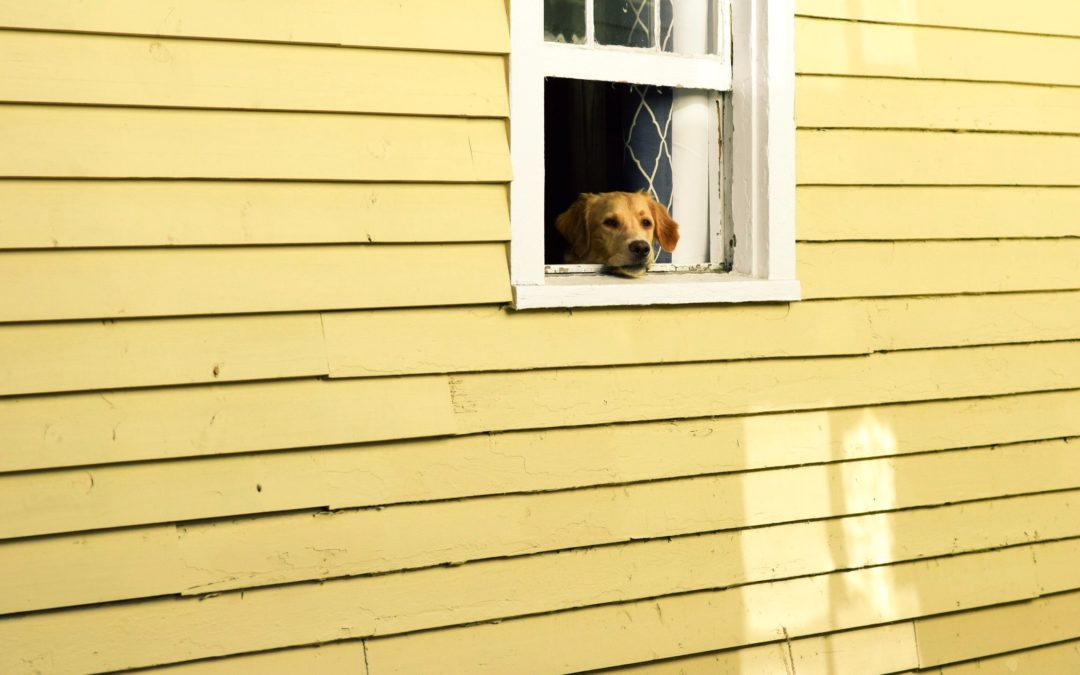Dog owners who leave their pets at home during the day are worried. Do their pets feel stressed being locked up inside? What type of anxiety builds up when their dogs can’t play and release their frustration? What if there was a way to manage the dog’s anxiety and in turn, the owners?
Enter Dog TV. Yes, Dog TV.
When I first learned about this subscription-based TV channel, I thought it was a story from The Onion or an online comedy show. But this is scientifically developed to provide the right company for a dog left alone. Through years of research with leading dog experts, content is created to help meet specific attributes of a dog’s sense of vision and hearing and supports their natural behavior patterns.
The result: a confident, happy dog, who’s less likely to develop stress, separation anxiety or other related problems.
How to Overcome Skeptics
When Ron Levy, the founder of the first TV station for canines, he saw a problem he thought he could solve. Inspired by his cat Charlie who was left at home when Ron went to work, Ron put photos and videos on his TV for Charlie to watch during the day. His theory was that it would keep Charlie calm and help keep him occupied. Not any channel would work, and images of war and bombs would scare him.
Ron went from cats to a dog world when he talked to pet owners and realized that dogs were far needier when left alone. The pet industry in 2008 was a 50 billion dollar industry, and he thought owners might be willing to pay for access to his TV channel if pitched as therapy and entertainment for dogs that were home alone.
Pitching the Big Networks
Everyone thought this idea was crazy, but Ron had tapped a unserved market. Instead of racing to launch the idea globally, he recognized that he needs proof of concept and validation from people like Veterinarians and pet health associations. He also understood that he needed first to find a small, group of customers who would help him validate the concept in a test market.
He put cameras in 38 apartments in NY and LA while videos played on the TV so he could show what the dogs did all day long. And with this evidence, he went to the Humane Society and a series of pet experts who he could use to provide testimonial and confirmation that this was an idea backed by science and authorities.
In 2012, he tested the idea in a small market to show that the concept worked. In 2014 Discovery became an investor and they launched online. Dog TV is now available in 12 million homes around the world. And the studies helped bring the validation necessary for success.
Key Marketing Lessons
- No idea is crazy. But you need to find third-party endorsements to help give customer’s confidence that this isn’t unsubstantiated claims.
- Testing locally on a small scale helps you gain proof of concept. Without that proof, it is hard to convince anyone that the idea will work.
- Don’t try and grow too fast. Get the foundation in place for growth but keep testing your product offering so that when you do try and scale, you have confidence in the return on your investment.
- Partners and collaborators bring expertise you need. Don’t underestimate the value of the right partnership where someone can bring resources, access, and experience to help guide the growth. Great marketers understand this and partners can be consultants, employees or equity owners.
- Find the pain point. Ron knew that his TV channel for dogs would be entertaining, but he marketed his channel as therapy to keep your dog calm during the day. This positioning was critical to his success.
How will you launch your crazy idea and get tails wagging?
Barking up the wrong tree with your marketing? Need a consultant to help advise you? Let’s woof. Call me at 919 720 0995 or email me at jeffreylynnslater@gmail.com
Photo credit: multa-media-240844 from Unsplash.com




